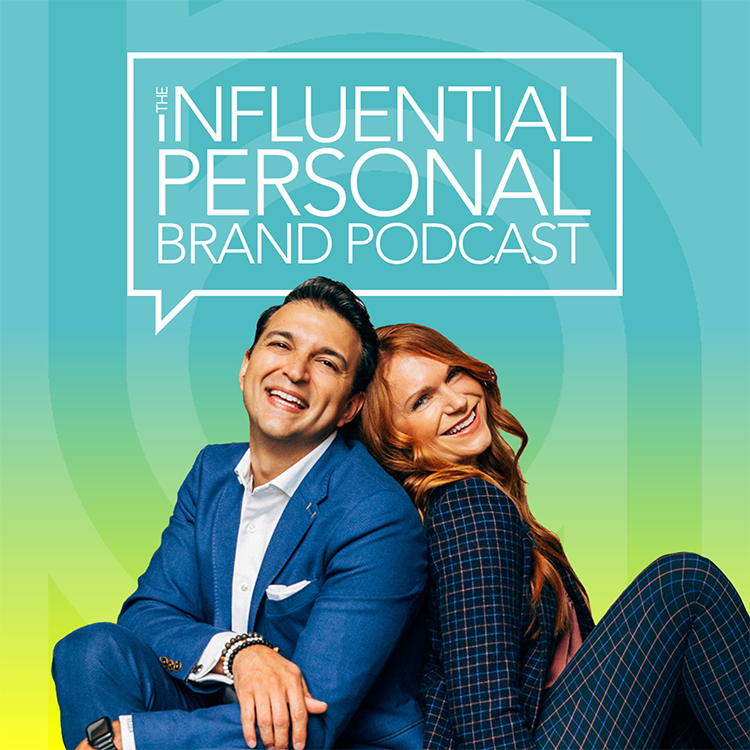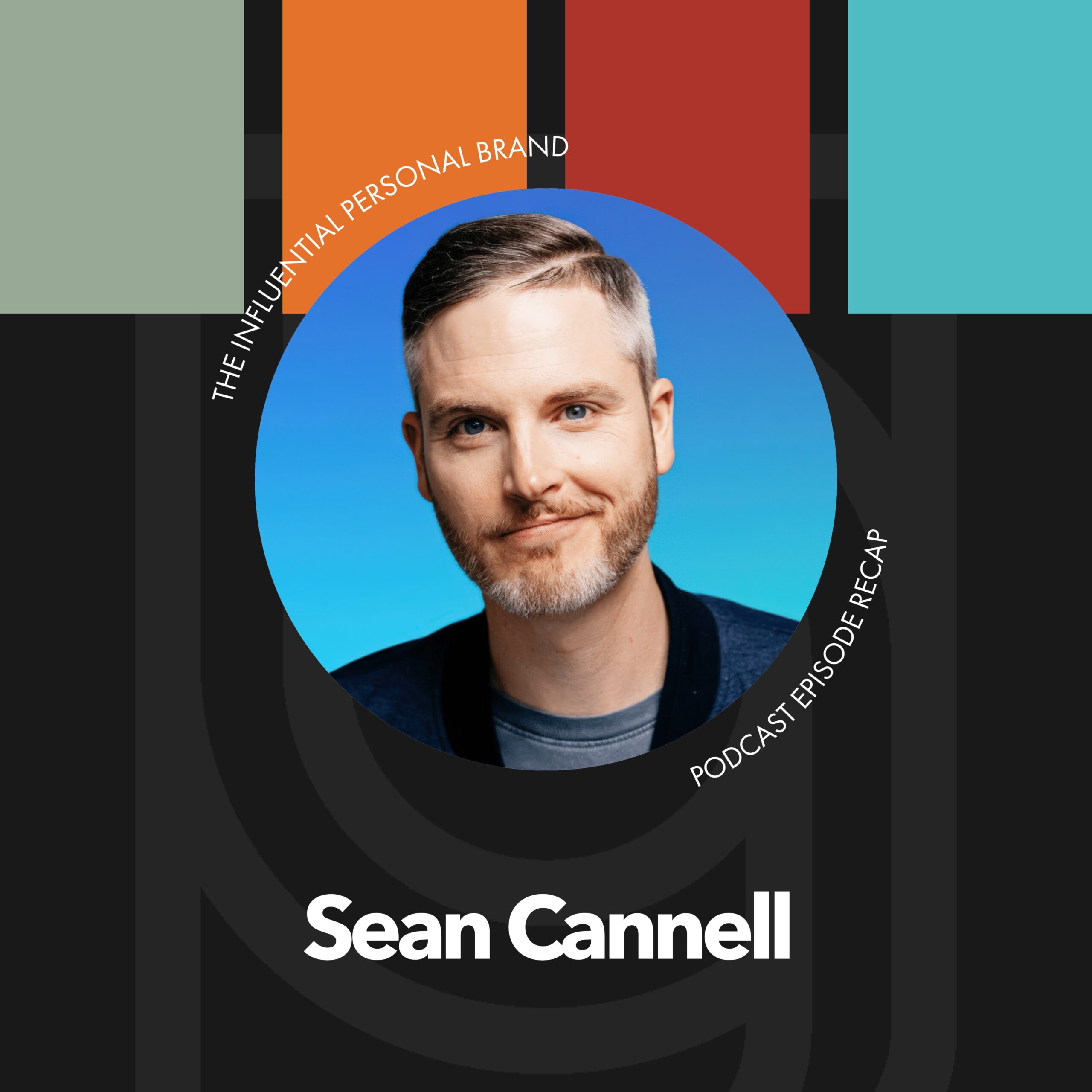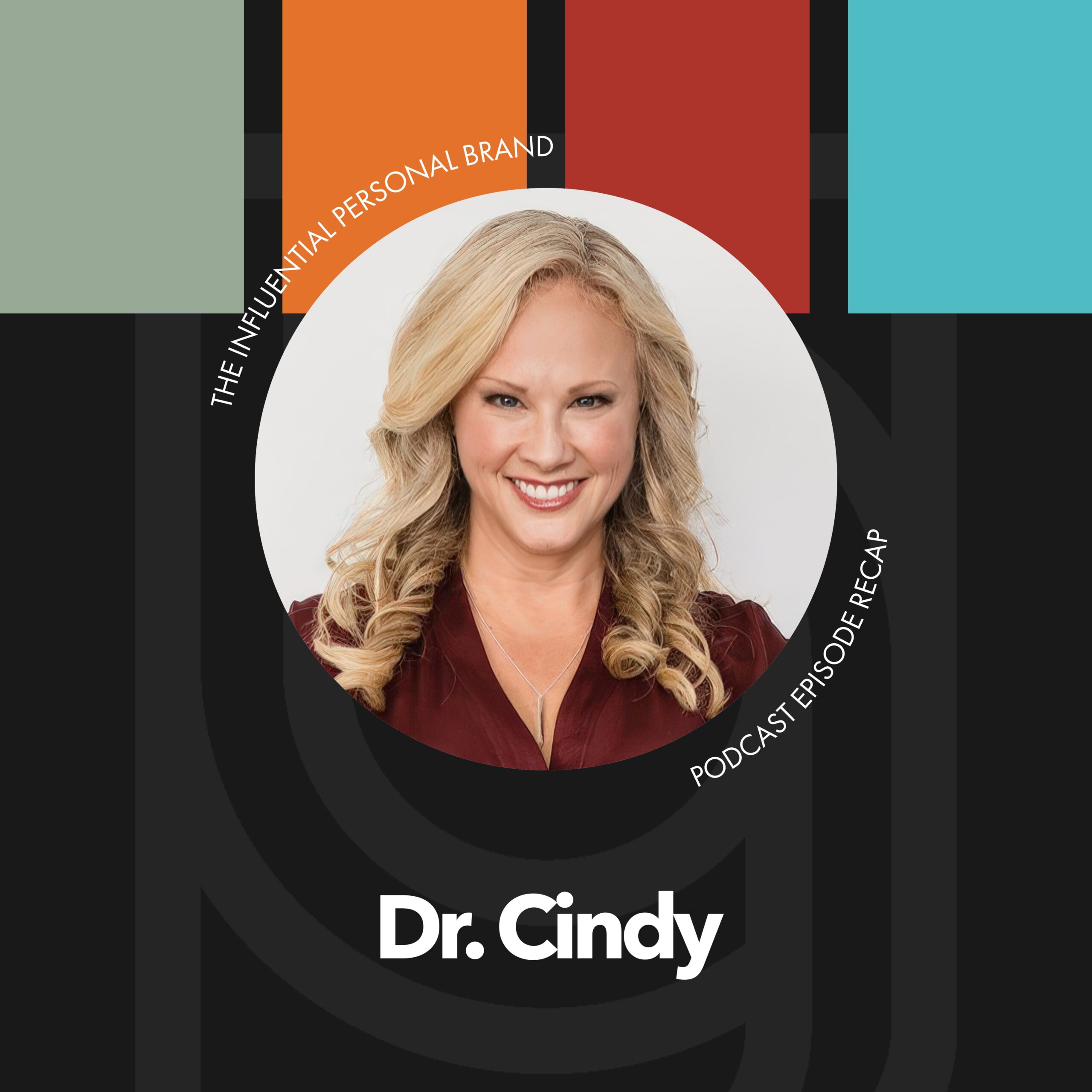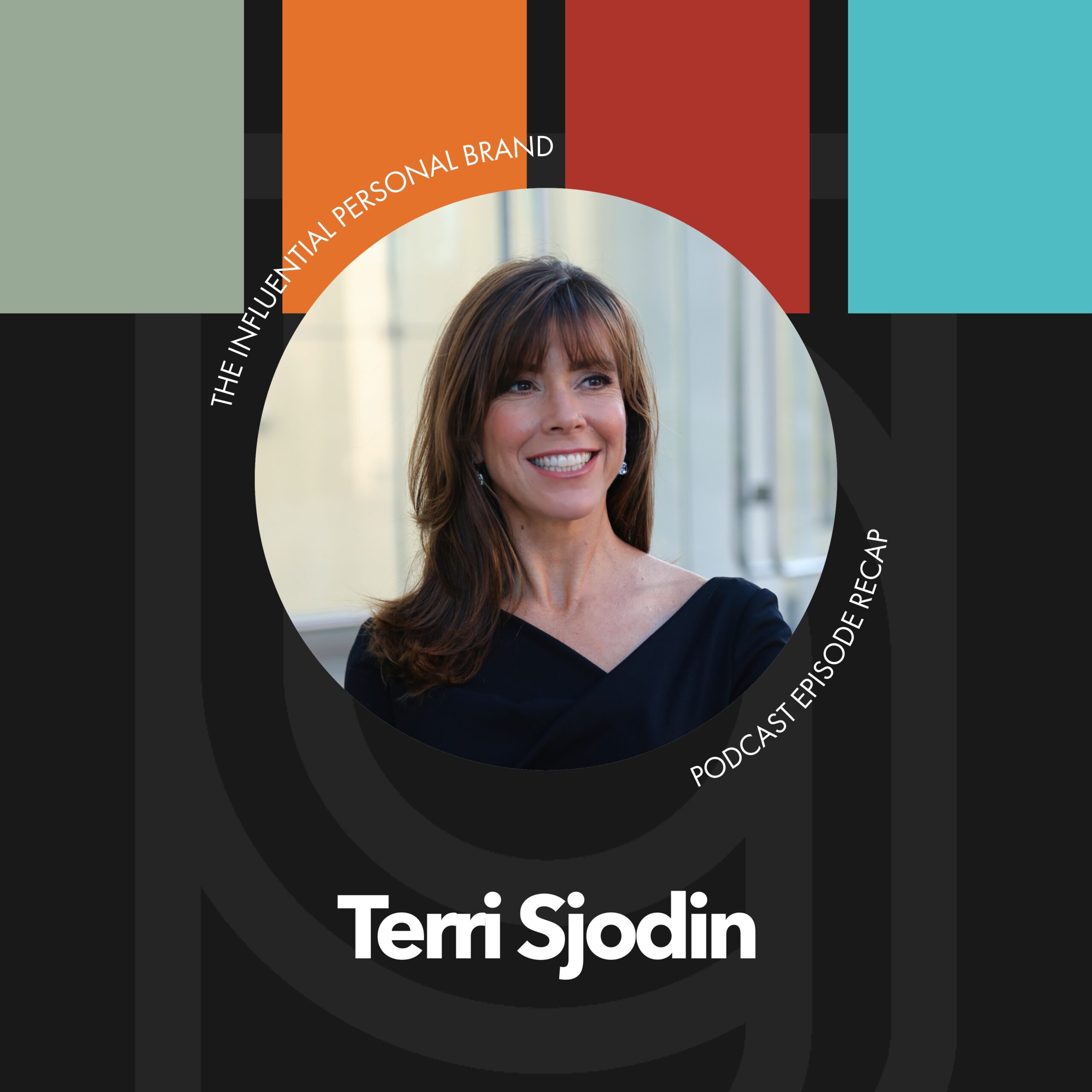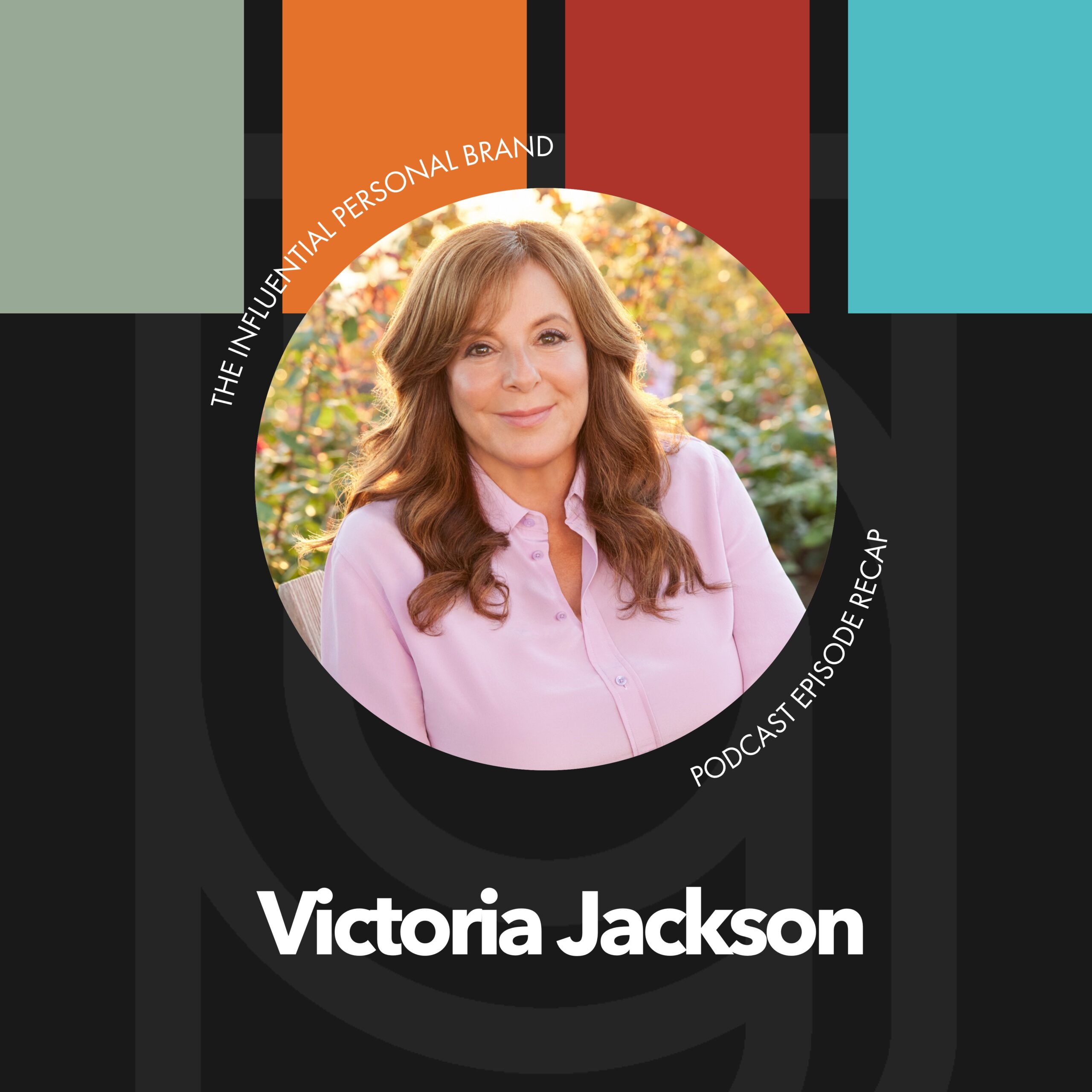Cameron Herold my friend breaking down this interview. Welcome to the special recap edition just me by myself today. And I love this conversation with Cameron. Here’s one of the things that I love about Cameron. There are certain people that I have in my life that I would say I would go to when I need to expand my thinking. When I need to look at a situation or a problem in a completely different way than I am seeing it. And that is to me, one of the amazing things about Cameron, and I think that’s a part of the magic of what he does and also the magic of the growth and the success of his personal brand. You know, the other thing is when I think about, you know, we talk about reputation, your reputation, precedes revenue, it’s it is what are you known for?
What do people trust you with? And I think, you know, when, if you’re a, a real CEO or a real entrepreneur or a real COO, you it’s like, Oh, at some point in your career, you’re going to come across Cameron, Herold. He has the reputation in that space, in that vertical, and it is so great. So I just want to break down my three specific biggest takeaways from him. And, you know, we’re gonna, we’re gonna classify this this recording for sure, as a sitting under our face for eight figure entrepreneurs. So one of the things that we’re doing, if you go to brand builders, group.com forward slash podcast, we are, you know, organizing all of these episodes now in alignment with our, our curriculum. So at brand builders group, we’ve got one curriculum, but our curriculum is divided into four phases.
And then each of our four phases is divided into three courses. So our core curriculum is 12 courses, four phases. And our phase four is the, we, we, we it’s the scaling phase and we, we kind of, our flagship course in phase four is called eight figure entrepreneur. And that’s definitely where this conversation lives. So if you haven’t yet listened to it, I would say, you know, this conversation with Cameron. I mean, if you’re brand new, it’s probably not that relevant to you, except for the idea of going these. This is the way you need to be thinking. And if you can structure your business on the front end you know, it’s going to set up for scale, but his, his real expertise. And, and I think, you know, creative genius is around helping businesses scale. And that leads to my first big takeaway is the concept of ones and threes.
And I, I was so excited to hear that this was, you know, Cameron’s Cameron’s concept because I, I have had heard this quoted by people who’ve said, I once heard someone say, I once heard someone say, and I’ve never known the original source of this. And he’s claiming ownership. So I’m gonna, I’m gonna say it was him. And this is a big idea of the ones and threes. In fact, we teach this at a figure entrepreneur is that, you know, it’s, it’s very much like what Marshall Goldsmith says, what got you here? Won’t get you there. And when you’re growing your business, it’s not that you just kind of do more of the same thing. That’s not really how you grow a business. It’s sort of like there is a range, there is a window where you can do more of what you’re already doing.
And if you become efficient at that, that will get you up to another level. But then as a wise author, once wrote in this amazing book called procrastinate on purpose, which if you haven’t bought it, go by procrastinate on purpose. Like that book will change your life. Of course, that’s my second book. But one of the things I wrote in there is that the next level of results always requires the next level of thinking. And the levels as an entrepreneur, I think are measured in ones and threes. And that’s what Cameron’s talking about. So these are revenue markers at ones and threes, which means the first marker in any business is can I get it to a hundred thousand in annual revenue? The next marker is 300,000. And going from a hundred thousand to 300,000, you don’t have to learn a lot of new skill sets.
You just have to do the skill sets that you have better than you were doing them before. But to go from 300,000 to a million is a different jump. It requires a new way of thinking, a new set of operating principles and practices to get to a million. Now, once you hit a million, getting to 3 million, a lot of times, it’s just doing more efficiently that which you’re already doing, and that one to 3 million, by the way we call this the swamp. There’s a lot, a lot of personal brands that get to that 1 million, but they get stuck in that one to 3 million and it’s, it’s hard to break free. And that is because there’s a big jump between going from 3 million to 10 million and annual revenue. Right. And that is a hard leap, which is what if you look at the brand builders group phases, I would say that like our goal with phase one, it’s like you know, we’re, we’re, we’re teaching you the fundamentals of like getting, what do you need to be clear on in order to get to six figures?
And then I, I think of phase two is really like, Oh, an okay. And now in phase two, we’re going to go, how do we get a hundred thousand to 300,000? And then in phase three, we’re going to go, how do we get from that 300,000 to that one to 3 million? And then in phase four, we’re going, how do you get from 3 million to 10 million all the way up to 30 million, which is phase four. And then honestly, once you got to 30 million in revenue, I would send you off. I would say, we’ve done our job. We would pass you off probably to someone like Cameron actually. Cause that’s really, his specialty is more of that, like you know, 10, 20 million up to a hundred million. And that’s, that’s what the ones and threes are, right? So the difference between 10 million and 30 million, isn’t that different.
It’s like a lot of what you’re already doing, but doing it more efficiently and just, you know, kind of smarter and more well-organized, but to go from 30 million to a hundred million is a big leap and go from a hundred million to 300 million kind of the same, but to go from 300 million to a billion, totally different. And so those are the ones and threes, and I think that applies for our operational practices. Well you know, we, we talk about the nine departments and how every company is laid out. That’s one of the things that we teach in phase four, but you know, like just to, to, to pragmatically speaking, the marketing that you do, we’ll work from one to threes, but till I go from 300,000 to a million, you can’t really just do more of the marketing you’ve been doing. You have to create some other new marketing stream, some other new sales stream, some other new practices, same with your operating, right?
So your, the, the operations department to go from 300,000 to a million, you probably need an operations apartment, right? Like to get to 300,000, you probably just have a couple people and freelancers, but then to make that jump, it’s like, we need to improve our marketing. We’d increase, improve our sales. We need to improve our operations. We need to increase, increase our financial disciplines. A lot of times you have to increase your it, right? So to go from 300,000 to a million is a big is, is usually technological infrastructure. And I would say specifically to go from, from 3 million to 10 million is an it infrastructure issue. That is one of the, one of the big things that needs to happen there. So ones and threes, ones and threes, and just kind of be knowing like, okay, where are you at? If you’re at a hundred thousand, the good news is you could probably get to 300,000 without changing much.
If you’re at 300,000, guess what? You’re probably going to stay stuck there until you have some big time breakthroughs. Now, if you’re coming through the brand builder journey, our formal curriculum, we’re going to, we’re going to take you there. We’re going to step you through these ones and threes, but super powerful concept. It stuck with me for years. I think it’s so true also with personnel, right? So just your marketing tactics and your operations and your it and your sales, but also your people, right? A lot of times people can grow with you. They can go through like up to two of those leaps, but after that, they’re either going to have to significantly up-level their skills, or they are not going to be able to take you to that next level. And so you’re going to have to like bring someone else in who, you know, is used to operating at that level.
And, you know, I found this to be true. So it’s not, it’s not written in stone, but one’s in threes. That’s where the big leaps are. And you got to have a systematic change in your, in your operating system in order to make that leap. The second big take takeaway, which I think is so important is that many people write a book based on an idea they have for a book. And they say, Oh, I’ve always wanted to write a book on this. Or I’d love to write a book about that. But I feel like this is something Cameron said, and I agree with him that the best books are not based on an idea you have for a book, the best books are based on the needs of your real life clients. I would think of this as, are you writing books in forwards or in rears, right?
So if you think about paying your bills, some bills you pay and forwards, you, you pay them in advance of receiving the service. That’s called paying and forwards, and some bills you pay and rear, which is after you’ve received the service. Now, you know, if you’re running a business, you always want people to be paying in forwards. That’s one of the things that we’ll teach you in phase four, also for cashflow management. But when you write your book, we write our books in rears, meaning we don’t write a book as like a hypothesis of some ideas we think could be true. We write it as the conclusion of things that we have found to be true. This is why brand builders group hasn’t released a book yet, right? So we’re two and a half years, or, you know, like just over two years and some change into the start of our company.
And we don’t have a book out. Why not? Well, we certainly could write a book. We actually have 12 books. Every course that we teach in our formal curriculum could be a book, but we’re, we’re, we’re dialing it in, right? We, we create what, what our content is led by what our clients need. Those make the best books. And I think that is super duper powerful is just serving your client in a deeper way, figure out what they need in real life. And then test it, work it, refine it. And then the book is the final conclusion of that rather than the hypothesis. I think your book will last longer. People will read it. It’ll, it’ll have more depth to it. You’ll have better case studies and anecdotes and illustrations because you’ve done it. I think worse author sometimes get into deep water is when you sign like a multi book deal and you commit to writing so many books in some frequency of time, but you haven’t really learned that much new and you haven’t really had that much growth in your business or clients.
And it’s like, you’re trying to write in forwards rather than an in rears big idea. The third big idea that I think Cameron, you know, talked about, but also really to me, his personal brand is a great example of this. And this is such a simple question, like such an important question is to simply ask yourself, where is there a gap in the market? Where is there a gap in the marketplace that is an opportunity to build a great business as you go, where is there an underserved market? This is part of, this is exactly what, what Cameron has done with COO’s right? A lot of people do stuff for CEOs and and founders and owners, but almost nobody does stuff for COO’s training and developing the second in command. And, and Cameron noticed that and he said, Oh, I’m going to go serve that community.
I’m going to dominate that space brand builders group, I feel is doing something very similar. This is why we serve personal brands, right? We don’t work with companies. If Google calls and they say, Hey, will you consult with us on our branding? The answer is no, we don’t do that. We will work with one of your executives and help them become more influential. But we brand people, we don’t brand companies. Now just so happens. Google did call for me to do a keynote. I just did do a keynote for them, but that was based on take the stairs. It was more of my personal development content. It’s not what we do as a team, right? So that is a market that we said, you know, there’s a lot of people teach in webinars and podcasts and book publishing and video courses and membership sites and Facebook, traffic and funnels and copywriting, and you know, getting media interviews.
But nobody that sits on top of it and says, how do we orchid organize all of this and orchestrate it for personal brands? How do we create a strategy where all of these things fit together in a specific order in sequence that aligned with your uniqueness in your direction? We said, we’re going to come in and we’re going to serve. We’re going to serve that space. There’s a gap in the market. So that’s a good question for you to ask, right? It’s it’s and specifically, if you can go, where is there a gap in there in the market that aligns with your uniqueness? Like your passion, your experience, your results, your education that you can step in and serve? I think Cameron is just is a really, really great example of that. And I want to give you a little bit of a, a quick tip here on uniqueness and differentiation as well, because I’ve thought a lot about this, but I don’t think we’ve ever shared it on the podcast.
And we don’t even share this in our formal curriculum at brand builders group. So this is this is a, this is a great one, is that when I think of differentiation. Okay. and, and by the way, to me, uniqueness and differentiation are not the same thing. Differentiation is how do I decidedly draw a line that separates me from everybody else. Uniqueness is more of an exploration of who am I, who was I designed to be? Who am I called to be? Who does the world need me to be? What position do I uniquely serve in the world? It’s more intrinsic. It’s kind of from the internal out, differentiation is more of an external, like is from the outside in going, okay, how can I position myself in the market? So this is a tactic specifically for differentiation, which is rare.
Most of what we teach at brand builders group is finding your uniqueness like our flagship phase one course is called finding your brand DNA. It’s all about our process for finding your uniqueness. So this is a little bit different because I think what Cameron is talking about is more about differentiation than it is about uniqueness. Now we believe in uniqueness, right? We believe in become who you are, become, who you were created to be, become your most powerfully positioned to serve the person you once were and speak from that truth. And who cares what your competition is doing. That’s what we believe, but we also have an eye towards differentiation because anytime we can differentiate ourselves, that’s good. You know, I’m reminded of one of my favorite quotes from a, another dear friend of mine, Sally Hogshead, who says you want to be able to position yourself clearly inside of a box that people understand, but then simultaneously to immediately differentiate yourself from everyone else who’s inside that box.
And that’s kind of what we’re talking about here. So here’s a little tip. This is the, this is called the M three M three method or M three tip for a differentiation. So I think there’s three different places to look for. Differentiate differentiation, differentiate your first of all, your a market. Is there an opportunity to have differentiation in the market you serve? That is what Cameron was talking about, right? Like where is there an underserved audience? So for brand builders group, part of our, our uniqueness and part of what we’ve done to differentiate ourselves is to say, we survey specific market, a narrow market. This is a market as a type of person, right? For us, it’s personal brands. The second is your model. And by that, I mean your, your business model, which is how do you make money? So again, if you look at brand builders group, our model is one-on-one coaching.
Our pro we are primarily in the business model of one-on-one coaching, which is a differentiator of business model. Most people who teach to personal brands, they sell video courses, they sell membership sites, they sell masterminds, right? They sell one to many experiences, but our, our business model is one-on-one. If you want a one, if you want a private coach to help you apply the concepts and strategies and techniques and philosophies and principles of personal branding to your specific life and business, you need us. I don’t even know anyone else who does it at scale. There are some independent people out there, but there we do this. Cause we, we do one-on-one coaching really, really well. That’s a differentiation, not in the market we’re serving, but in the business model, the, the way we do it, how are we charging? Right. So the market is who are you serving?
Okay. The, the, the, the, the model I would say is how are you making money serving them? Right. So one-on-one coaching is a model. And then the third M is the method, which is what are you teaching them? Right? What are you teaching them that, or, you know, or teaching them for personal brands or in general, what are you providing you know, to them. So when I think of like the method, right? The method is more of like your unique intellectual property, your unique methodology, your IP, your framework, your body of work, all the things that in our, in our phase one course, two, which is called captivating content. That’s what we do is we help people extrapolate their unique SIS system or methodology, or we help people create their frameworks. We help them write their books, write their Ted talks all out of a, a unique set of IP.
That’s birthed from their own brain by way of taking them through our process. That is their method. That’s different from their business model, which is how do they make money, right? So the market is who are you serving? The model is how are you making money? The method is what are you providing to them? And, and are you differentiating it somehow based on what you, what you’re providing. So like, when I think of the like Uber, right? Like the Uber and taxis, it’s kind of the same business model. They’re charging for a ride, but the method is different. The delivery mechanism is different instead of a taxi, it’s an independent driver. They’re serving the same taxis and Uber. They both serve the same market. Pretty much people looking for a ride. They both charge the same way, which is how, you know, how far is the distance or time in the car, whatever.
But the method is different. The, the, the, the modality is different. One is, you know theoretically a professional driver was a taxi cab driver versus, you know, just a home driver. I think of Airbnb being similar, right? They’re looking, they’re serving the same market and they charge on the same model as hotels, which is like an overnight rate, but it’s a different method. It’s a different it’s a, it’s a whole different place and vehicle for establishing and providing that service. So the market is who the model is, how are you charging? And the method is what are you providing to them? So that is a little bit of a Diddy and distinction on uniqueness and differentiation, and kind of a rare lesson on how to differentiate yourself from the competition. That’s what we got. That was what I was inspired by, among other things from Cameron, Harold, a big time speaker, a complex thinker, someone very good at breaking paradigms, which is what you would want from someone helping you create these explosive growth opportunities between the ones and threes. So I hope you enjoyed it. Keep coming back, stay tuned, listen to the interviews, listen to these recaps, stay plugged in our free content should be enough to help you start making money. And then at some point we hope that you’ll consider investing some of that money into letting us, coach you to get to the next level with your personal brand. That’s it for now. We’ll catch you next time on the influential personal
Bye. Bye

